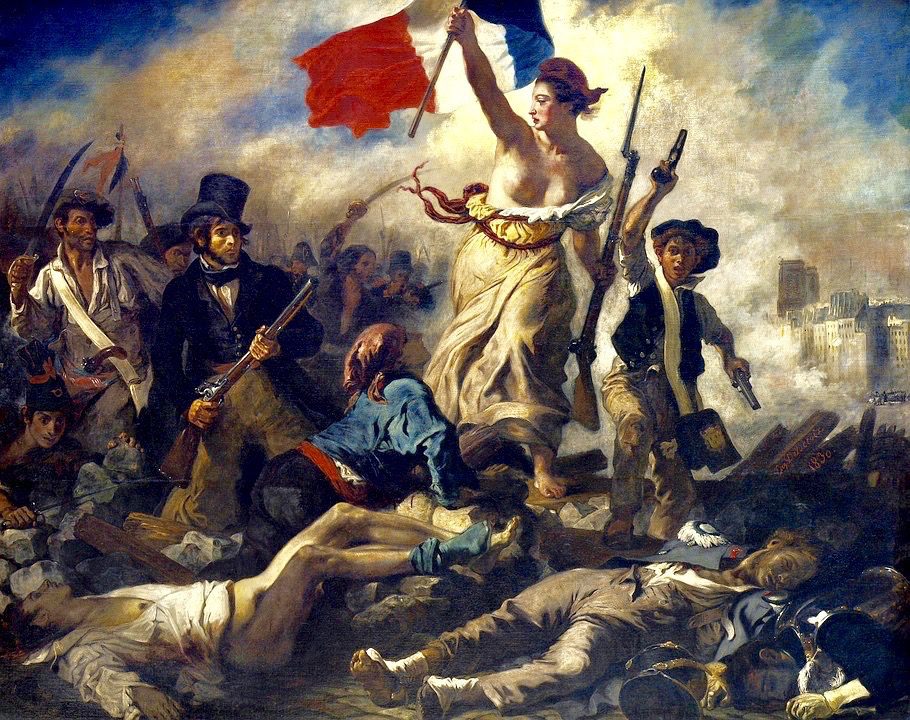The American Revolution and the French Revolution were two of the most significant events in human history, both born out of a desire for freedom and equality. The causes of the American Revolution were the colonists’ desire for representation in British Parliament and British taxation. The French Revolution resulted from a combination of fiscal crisis, social tension, and Enlightenment ideas. Major players in these revolutions included George Washington, Thomas Jefferson, Benjamin Franklin, Maximilien Robespierre, Napoleon Bonaparte, and Louis XVI. The American Revolution resulted in the creation of the United States as a free and independent nation, while the French Revolution led to radical changes in French society and politics, including the abolition of the monarchy and the eventual rise of Napoleon Bonaparte.
The American Revolution vs. The French Revolution: A Comparative Analysis of Two Major Historical Events
Introduction
The American Revolution and the French Revolution were two of the most significant events in human history. They both redefined the political landscape of their respective countries, and their effects continue to resonate throughout the world to this day. While both events were born out of a desire for freedom and equality, the similarities and differences between the two remain striking. In this article, we will compare and contrast the American Revolution and the French Revolution, looking at their causes, major players, and outcomes.
Causes of the Revolutions
The causes of the American Revolution can be traced back to the mid-18th century, with the colonists’ desire for representation in British Parliament. The British government, however, was more interested in taxing the colonies to pay for their debt incurred during the Seven Years’ War. The colonists, who had grown increasingly unhappy with British rule, decided to take up arms in 1775.
The French Revolution, on the other hand, had a more complex set of causes. The Revolution was the result of a combination of fiscal crisis, social tension, and Enlightenment ideas. The French monarchy had accumulated a significant amount of debt, and the nobility and clergy were exempt from taxes, leaving the burden of paying for the state on the peasants and middle-class. In addition, the bourgeoisie, inspired by Enlightenment thinkers, began demanding political representation and greater rights.
Major Players
The American Revolution was led by George Washington, who became the first President of the United States. Other key figures include Thomas Jefferson, Benjamin Franklin, and John Adams. Their efforts were supported by the French government, which sent troops, supplies, and money to aid the American cause.
The French Revolution, on the other hand, was marked by a series of leaders, including Maximilien Robespierre, Napoleon Bonaparte, and Louis XVI. The Revolution also saw the rise of various factions, including the Jacobins and the Girondins, which vied for power and influence.
Outcomes
The American Revolution resulted in the creation of the United States as a free and independent nation, with a written constitution that ensured individual rights and liberties. The Revolution also served as a powerful inspiration for other countries seeking independence from colonial rule.
The French Revolution, on the other hand, resulted in a series of radical changes to French society and politics. The monarchy was abolished, and France became a republic that espoused principles of liberty, equality, and fraternity. However, the Revolution was marred by periods of violence and political instability, culminating in the rise of Napoleon Bonaparte and the eventual restoration of the monarchy in 1814.
Conclusion
The American Revolution and the French Revolution were both pivotal moments in world history, reshaping the political and social landscape of their respective countries. While they shared a common goal of overthrowing oppressive regimes and achieving freedom and equality, the two revolutions diverged in their causes, major players, and outcomes. Through our analysis, we can see how these events continue to shape our world, and how the principles of these revolutions remain relevant to this day.
